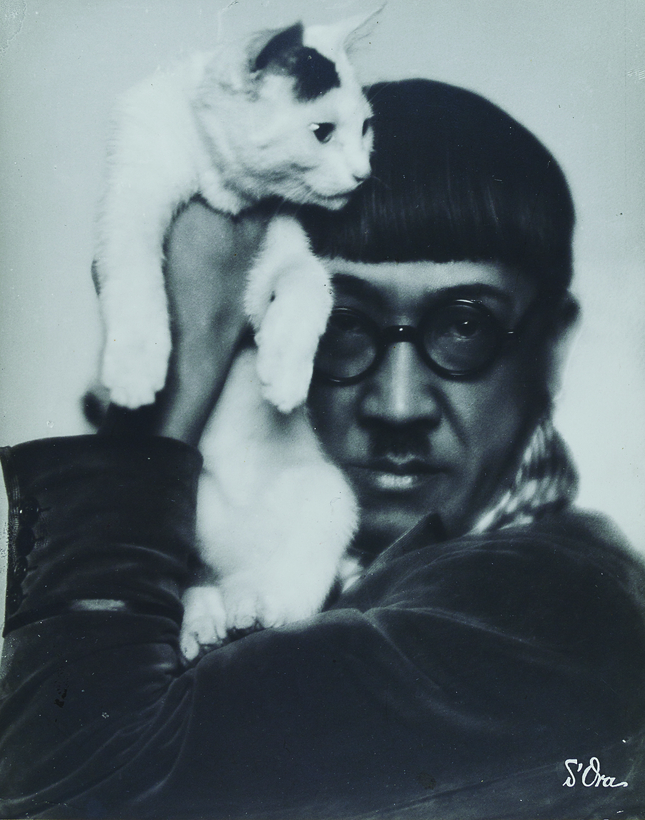The glamour of the fin-de-siècle and the interwar years has the force of a doomed fairy tale, a mysterious energy that can be read, in retrospect, as deep denial of looming upheaval ahead. This glowing tension will be on view starting February 20 at the Neue Galerie, where a major retrospective on the Austrian photographer Madame d’Ora examines a career of 50 years, 1907 to 1957, through more than 100 photographs.
Dora Kallmus was born in Vienna in 1881 to a prominent Jewish family. Coming of age in an era when upper-class women dabbled in the arts as transitional pastimes until marriage, Kallmus instead saw photography as a career that could afford her financial and intellectual independence. She took courses at Vienna’s graphics institute, worked as an assistant to the German photographer Nicola Perscheid, in Berlin, and in 1906 re-christened herself “Madame d’Ora.” Her early subjects suggest she was both well connected—the Vienna bourgeoisie at the time was not sprawling—and hardworking: the list includes distinguished cultural movers such as Gustav Klimt, Karl Kraus, Alma Mahler, and Alban Berg.

The photographic style of Madame d’Ora was one that saw subjects posed naturally, but with twists of drama, their bodies arrayed in extravagant garments or fabrics. “It is in the arrangement of costumes that she often shows her decorative skill,” a critic wrote in 1912. “She has a feeling for texture and for knowing accurately what effect certain colors of dress will give when translated into monochrome.” It’s this theatricality, a sensuality of surfaces, that catches the complexity of the time.
D’Ora moved to Paris in 1925, where fashion photography became her primary source of income; Josephine Baker, Maurice Chevalier, and Tamara de Lempicka all sat for her. By this time d’Ora was internationally acclaimed, and not shy when it came to how she and her work were described. “One is tempted to say she is capable like a real man,” reads an essay in Die Dame, published in 1929. “But because she cannot stand the word ‘capable,’ one has to search for another epithet for her. For example: she is a genius of good taste.”
After World War II and the hardships she had to endure as a Jewish woman—her sister was killed in the Holocaust, and she herself hid for years in a French mountainside village—d’Ora shifted focus. She ventured into abattoirs to photograph animal carcasses, and even her high-society and entertainment photography became grittier: one thinks of the exhausted dancer whose stage wig is sliding off, leaving her natural hair exposed; or her portrait of the former heartthrob Maurice Chevalier in his old age. Jean Cocteau, in 1958, described d’Ora, in her ability to portray everything “from the Dolly Sisters to the terrible bestiary of the slaughterhouse,” as “fanned by the wing of genius.” The compliment far surpasses the dreaded capable. —Angelica Frey

